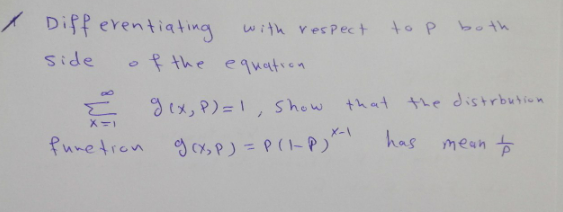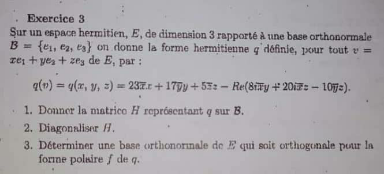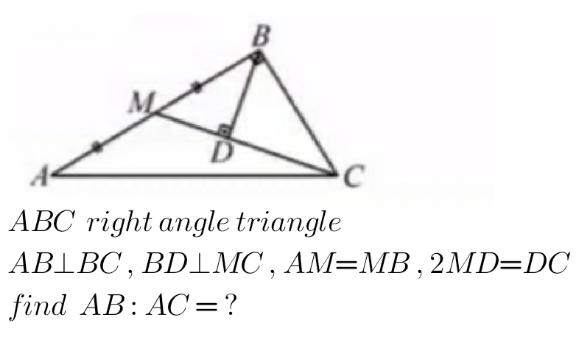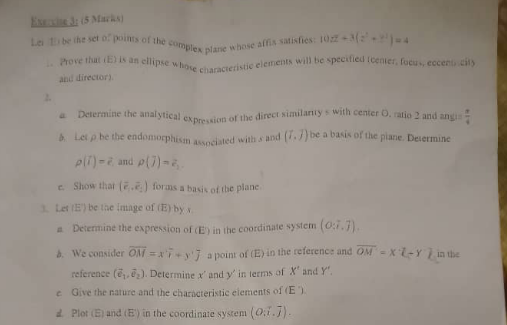
AllQuestion and Answers: Page 716
Question Number 147310 Answers: 1 Comments: 1

Question Number 147309 Answers: 2 Comments: 0

Question Number 147303 Answers: 1 Comments: 0
Question Number 147302 Answers: 1 Comments: 0
Question Number 147294 Answers: 1 Comments: 0
$$\Sigma\frac{\left(−\mathrm{1}\right)^{{n}} }{{n}^{\mathrm{4}} }=? \\ $$
Question Number 147290 Answers: 0 Comments: 0

Question Number 147287 Answers: 2 Comments: 0
Question Number 147285 Answers: 1 Comments: 0
Question Number 147278 Answers: 0 Comments: 0

Question Number 147277 Answers: 0 Comments: 0

Question Number 147276 Answers: 0 Comments: 0

Question Number 147275 Answers: 1 Comments: 0
Question Number 147272 Answers: 1 Comments: 0

Question Number 147262 Answers: 2 Comments: 0
Question Number 147260 Answers: 1 Comments: 0

Question Number 147259 Answers: 2 Comments: 0

Question Number 147258 Answers: 0 Comments: 0

Question Number 147256 Answers: 0 Comments: 5

Question Number 147252 Answers: 1 Comments: 0

Question Number 147254 Answers: 1 Comments: 0
Question Number 147234 Answers: 0 Comments: 0
Question Number 147233 Answers: 0 Comments: 1

Question Number 147231 Answers: 1 Comments: 0
Question Number 147232 Answers: 0 Comments: 2

Question Number 147229 Answers: 2 Comments: 0

Question Number 147226 Answers: 0 Comments: 0

Pg 711 Pg 712 Pg 713 Pg 714 Pg 715 Pg 716 Pg 717 Pg 718 Pg 719 Pg 720
